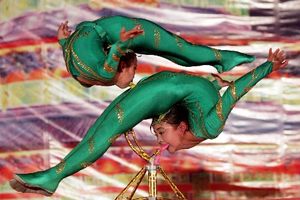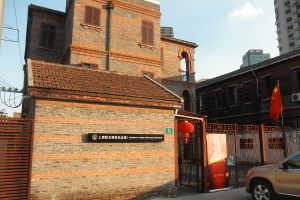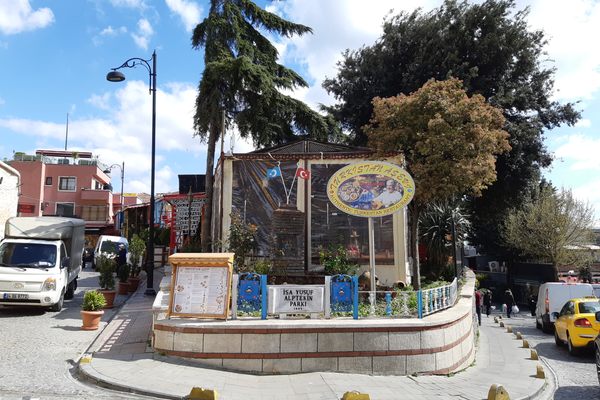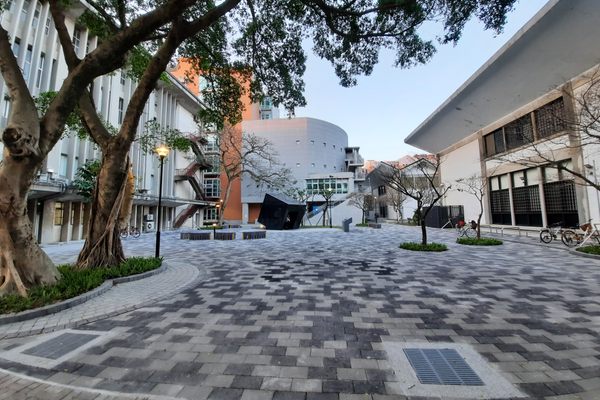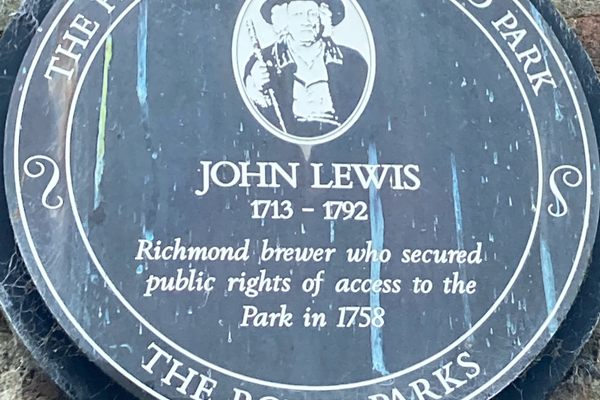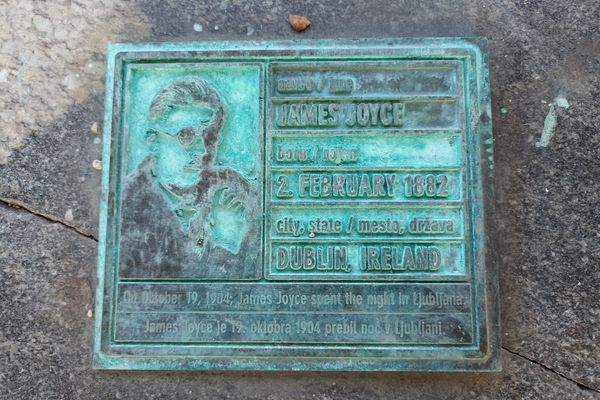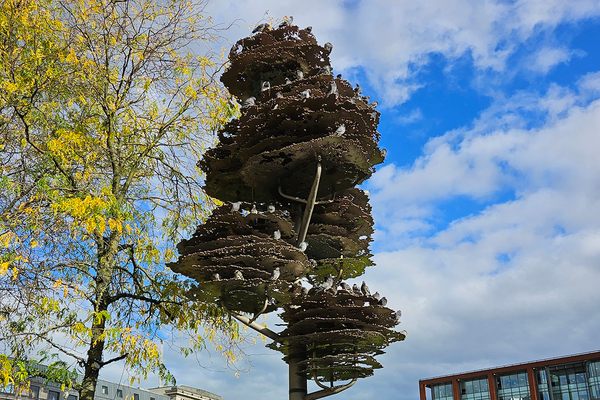About
Lu Xun Park, a large leafy public space in Shanghai, holds memorials to two important forces in Chinese history: the modern literary giant Lu Xun and resistance to Japanese occupation.
Before it was named after “The Father of Modern Chinese Literature,” the park was known as Hongkou Park for the Hongkou district in which it sits. Lu Xun lived out the last years of his life nearby, having moved from Guangzhou to the International Settlement of Shanghai to seek refuge after the Kuomintang government began to purge leftist intellectuals and communist party members in the cities under their control.
Lu Xun's remains were buried in the park in 1956 to mark the 20th anniversary of his death. The tomb of Lu Xun has an inscription of Mao Zedong's calligraphy. Not to be outdone, Former Premier Zhou Enlai and Xu Guangping, Lu Xun’s widow, planted trees on either side of the tomb.
Tucked in another corner of the park is the Lu Xun Memorial Hall, which holds a collection of his belongings and a small shop selling reprints of his works.
The park is also famous for a rebellious act against the invading Japanese. By January 1932, the Japanese military occupied much of the Hongkou district, and had built a fortified navy base nearby. When Japan invaded China in 1937, much of the Battle of Shanghai was focused on the Japanese navy headquarters. Hongkou remained under Japanese control until the end of WWII. Some of the several hundred cherry trees found in Lu Xun Memorial park are trees transplanted from Ueno Park in Tokyo.
April 1932 saw Yun Bong-gil, a Korean nationalist, kill or injure several high-ranking members of the Imperial Japanese Military who had gathered for Emperor Hirohito’s birthday celebrations at Hongkou park. At the end of the Japanese National Anthem, he threw a bottle bomb at the stage where the officials had gathered.
In 2003, a memorial hall dedicated to Yun Bong-gil was opened in the park. After renovation, it was reopened in 2015 during a ceremony marking the 83rd anniversary of the bombing.
Related Tags
Know Before You Go
Luxun park can be reached by taking Shanghai Metro Line 3 or 8 to Hongkou Football Stadium Station. It’s located right behind Hongkou Football Stadium.
The park is open daily from 6 a.m. to 7 p.m. With its collection of cherry trees, it’s a top destination for cherry blossom viewing during springtime.
Community Contributors
Added By
Published
October 17, 2022













